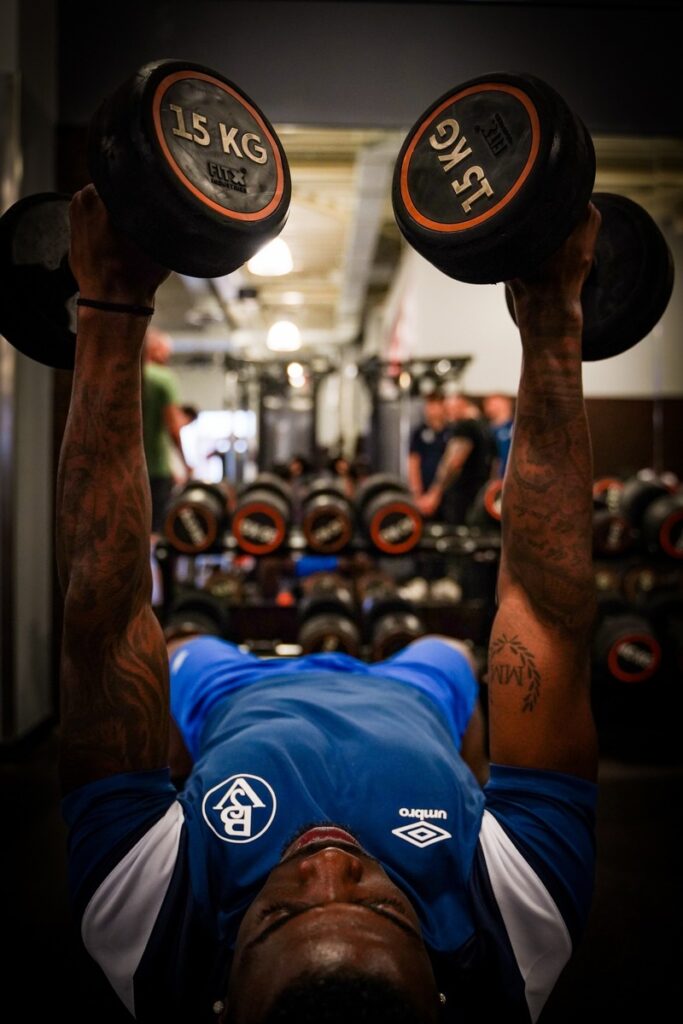The summer break is a crucial time for footballers to rest, recover, and prepare for the next season. While it’s important to take a break from the game, it’s equally vital to follow a structured training plan to maintain and improve your fitness levels.
In this blog post, we’ll provide essential training tips for making the most of your summer break. We’ll discuss the importance of taking a proper rest, conducting fitness tests, creating a tailored training plan, focusing on nutrition, and transitioning back to team training.
By following these guidelines, you’ll return to the pitch ready and equipped for success. Let’s get started!
1. Take a Long Break
After an intense season filled with continuous training, matches, and potential muscular issues, taking a substantial break is crucial. This time allows players to clear their minds and recover fully. If you experienced a 3-4 week injury layoff towards the end of the season, you might consider skipping the break.
However, during the pause, avoid playing football and engaging in strenuous activities. Focus on rest and recovery. By the end of this break, you’ll be eager to get back to training. For many players, this blog post might coincide with the end of their recovery period, signaling it’s time to gear up again.
2. Pre-Break Assessment
Before diving into your break, it’s beneficial to conduct various fitness tests to assess your speed, strength, endurance, and other key performance metrics. Analyzing the results from these tests allows you to create a tailored training plan targeting your weaknesses. Here’s a structured approach for your off-season training:
First Part of the Off-Season: Gym and Strength Training
Focus on building overall strength in the gym. This foundational strength will support all other physical activities and help prevent injuries.
Second Part of the Off-Season: Combine Strength and Athletic Training
Start integrating athletic training and speed workouts with your strength regimen. This phase bridges the gap between raw strength and functional athleticism.
Third Part of the Off-Season: Sport-Specific Drills
Shift your focus to football-specific movements like jumps, sprints, and directional changes. Emphasize areas needing improvement, such as acceleration or agility.

3. Nutrition
Understanding your nutritional needs during the off-season is vital. Decide whether you should be in a calorie deficit or surplus.
- Calorie Surplus: Provides more energy for intense training sessions, aiding in muscle gain and performance enhancement.
- Calorie Deficit: Helps in weight loss while maintaining energy levels for effective training.
Ensure a balanced intake of proteins to prevent muscle loss, and consider supplements like magnesium or zinc. However, avoid excessive supplementation to maintain a natural balance.

4. Begin Team Training
As team training resumes, your primary focus should shift from the gym to the pitch. This phase is crucial for showcasing the skills and fitness improvements you’ve developed during the off-season. The gym should become secondary, supporting your on-field performance.

5. Training Endurance
Although we won’t delve deeply into training endurance, it’s essential to distinguish between basic endurance and sport-specific endurance.
- Basic Endurance: Can be improved through regular running, providing a solid fitness foundation.
- Sport-Specific Endurance: Vital for football, best developed through interval training which mimics the dynamic nature of the sport.
By following these structured tips, you’ll ensure a comprehensive and effective off-season training regimen. Prioritize recovery, assess your fitness, plan your training, and balance your nutrition to return to the field stronger and more prepared for the upcoming season.

